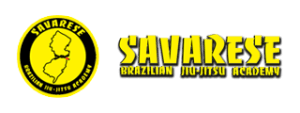Obstacles in BJJ and Life
Obstacles in BJJ and Life
Obstacles in BJJ and Life. This is the point that causes people to break. As soon as things get hard, that is when people break mentally and often quit whatever to are trying. The greatest basketball player of all time, Michael Jordan once said famously ““Obstacles don’t have to stop you. If you run into a wall, don’t turn around and give up. Figure out how to climb it, go through it, or work around it.â€
Jiu-Jitsu Obstacles
Sometimes when you run into a skilled guard player and it seems nothing you do can get you around their legs, it gets frustrating. How you react to that frustration will determine your success or failure as a guard passer. We all have a natural tendency when frustrated to get the mentality of a ram and just go on butting heads until one drops. Or, we channel our inner track star and try to run around the legs. Don’t get into either of these mindsets. Remember always that it’s always better to go AROUND obstacles rather than THROUGH them – guard passing is no different. No matter how tired and frustrated you get, focus on moving from one side to another. If you feel strong resistance on the left, move to the right and renew the attack and keep working aide to side until you get the breakthrough you seek. Don’t just kept hammering away on one side against a good guard player. That’s a ticket to frustration and eventual failure. If you feel yourself getting frustrated, it’s ok to back off a little and start again. The main thing is to stay on top and work side to side. That alone will usually result in the bottom player working harder than you over time and thus become less effective as fatigue becomes a factor.
If you enjoy these posts, keep checking us every day at www.njbjj.com in news section
